In this article, you will learn about the boiler economizer in power plants, its purpose, working principle, classification, and advantages.
What is an Economizer?
An economizer is a kind of heat-exchanging device. Economizers are mechanical devices that are designed to save energy or perform a proper function, such as preheating a process fluid.
An economizer can be vertical, horizontal, or cylindrical in orientation, depending on the size of the boiler and the available space, and it is installed directly on the boiler near the flue gas outlet.
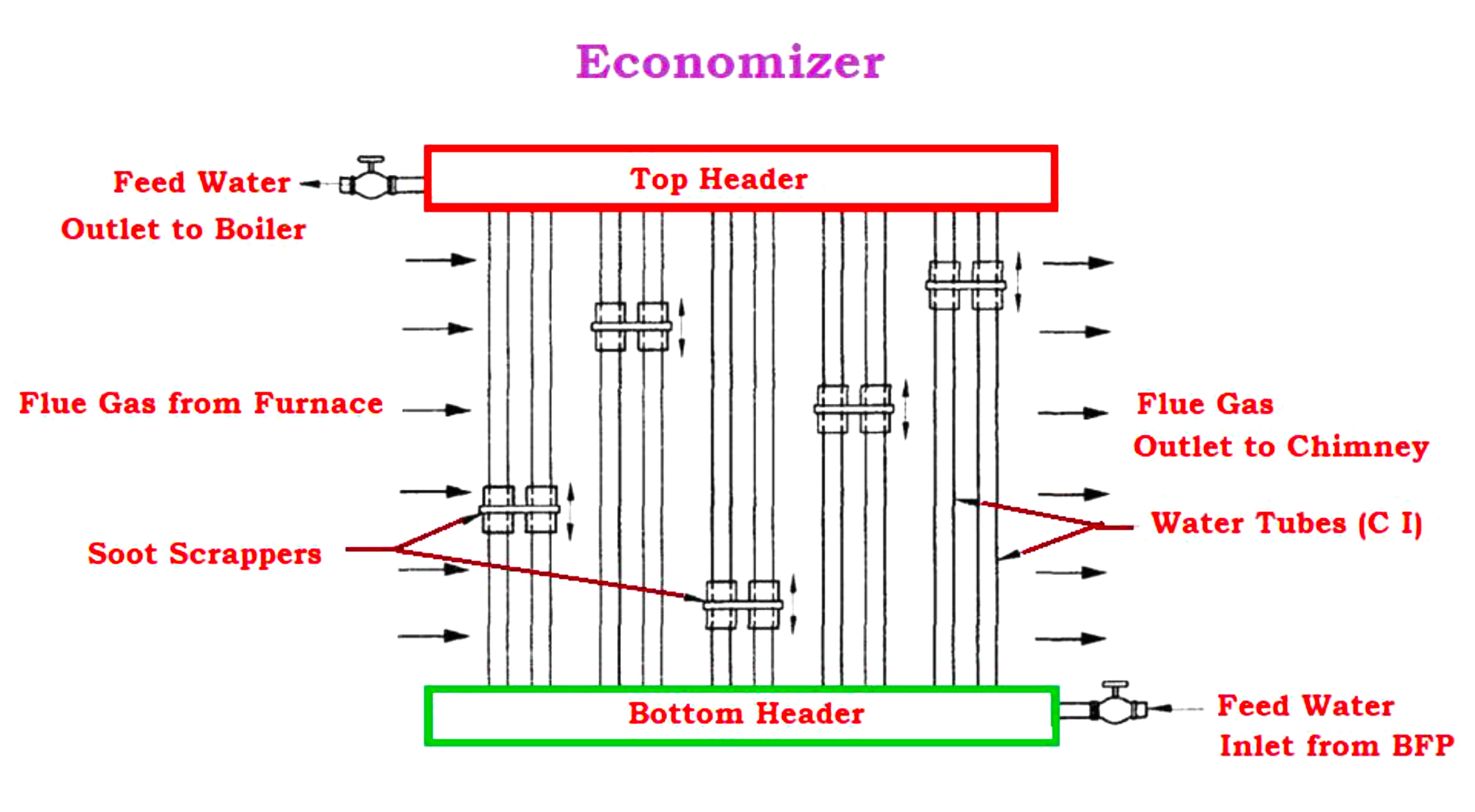
What is the Purpose of an Economizer?
The addition of an economizer increases boiler efficiency by 10-12%. Furthermore, because less energy is required for heating, fuel consumption, and costs are reduced.
As the name implies, an economizer in a thermal power plant is used to save energy during the electrical power generation process.
Construction and Working Principles of Boiler Economizer
The boiler economizer’s construction and operation are simple & straightforward. It has a horizontal inlet pipe at the bottom through which we feed water to the economizer at normal temperature. Another horizontal pipe is installed at the top of the economizer.
These two horizontal pipes, which are the bottom and top pipes, are linked by a series of vertical pipes. To supply hot water to the boiler, an outlet valve is installed on the top horizontal pipe. The flue gasses from the boiler furnace pass through the economizer’s vertical pipes.
When water flows up through the vertical pipes to the top horizontal line, the flue gasses transfer residual heat to the water via the surface of the vertical pipe. The heat from the flue gasses is thus used by the economizer to heat the water before it enters the boiler to produce steam.
The flue gas will contain ash particles, which will be deposited on the vertical pipe surfaces. If special precautions are not taken, a thick layer of soot will form on the surfaces, preventing heat from entering the water.
To remove the soot, a scraper is attached to each vertical pipe and moved up and down by a chain pulley system. The soot is scraped down to the soot chamber at the bottom of the economizer. The soot from the soot chamber is then collected. This is the operation of a boiler economizer. This is a very basic type of boiler economizer.
In a thermal power plant, an economizer heats fluids or recovers residual heat from the combustion product, i.e. flue gasses, before they are released through the chimney.
Flue gasses are the combustion exhaust gasses produced by power plants, and they primarily consist of nitrogen, carbon dioxide, water vapor, soot, and carbon monoxide. The recovered heat is then used to pre-heat the boiler feed water, which is then converted to superheated steam.
As a result, we are significantly reducing fuel consumption and economizing the process, as we are essentially collecting waste heat and directing it to where it is needed. The heat from exhaust flue gasses can be economically recovered using an air pre-heater, which is required in all pulverized coal-fired boilers.
The Function of the Boiler Economizer
The Economizer in a Boiler operates on the Heat Transfer principle. Heat transfer typically occurs from high to low temperatures.
In the case of boilers, the flue gasses or exhaust from the boiler outlet are hot, while the water that needs to be preheated is cold. As a result, the temperature difference between water and flue gasses contributes to an increase in feed water temperature. Depending on the type of operations, the design of Economizers can be smoke tube type or water tube type.
Flue gasses are inside the tubes in the smoke tube type, and water is on the shell side.
Whereas water is inside the tube and flue gasses are on the shell side in the water tube type.
The function of an economizer in a thermal power plant is to recover some of the heat carried away in the flue gasses up the chimney and use it to heat the boiler’s feed water. It is simply a heat exchanger with hot flue gas on the shell side, water on the tube side, and an extended heating surface, such as Fins or Gills.
Economizers in Power Plants
Economizers must be sized for
- Flue gas volume and temperature.
- The maximum pressure drop went through the stack.
- The fuel type utilized by the boiler.
- How much energy needs to be recovered?
Water is boiled in the boiler to produce superheated steam, which is then passed to the turbines. The exhaust steam from the turbine blades is then passed through the turbine’s steam condenser, where the steam is condensed, and this condensed water is then pre-heated in the feed water heater before being fed again into the boiler.
Economizers are installed in the flue gas passage between the boiler’s exit and the chimney’s entry. A large number of small-diameter thin-walled tubes are placed between two headers in this configuration. Outside the tubes, the flue gasses typically flow in opposite directions.
Classification of Economizers
Economizer is classified into various categories
Based on Construction
The economizers are classified into two categories Based on Construction. They are
- Plain Tube-Type Economizers
- Gilled Tube-Type Economizers
Plain Tube-Type Economizers
Soot scrapers that move up and down the economizer tubes keep the external surface of the tubes clean and free of soot. Otherwise, heat transfer resistance increases and economizer efficiency decreases.
Gilled Tube-Type Economizers
On the bare tube walls, rectangular gills are provided to increase the heat transfer surfaces.
Based on Part of Steam Generation
The economizers are classified into two categories Based on Part of Steam Generation. They are
- Steaming Type Economizers
- Non-Steaming Type Economizers
Steaming Type Economizers
During its passage through the economizer, some of the water (about 5 to 7%) will be converted into steam.
Non-Steaming Type Economizers
In the case of a non-steaming economizer, the feed water is heated to within 75% of the boiler’s saturation temperature.
Based on the Location of Economizers
The economizers are classified into two categories Based on Part of Steam Generation. They are
- Independent Economizers
- Integral Economizers
Independent Economizers
Economizer is installed outside the boiler house at any convenient place
Integral Economizers
Economizer is installed close to the boiler
Based On Boiler Efficiency
The economizers are classified into two categories Based on Part of Steam Generation. They are
- Non-Condensing Economiser
- Condensing Type Economizer
Non-Condensing Economiser
The non-condensing thermal power plant is the most common type of economizer used in thermal power plants. They are heat exchanger tubes with spiral fins around them that are located inside the duct at the boiler’s exit region.
This economizer is used to reduce the boiler’s flue gas requirement by transferring heat from the flue gas to the feed water inside the tubes.
These are used in coal-fired thermal power plants where the flue gas temperature can be reduced to 120 degrees Celsius or less. This type of Economizer boosts efficiency by 3-6%.
Condensing Type Economizer
They are used in thermal power plants that run on natural gas. They lowered the flue gas temperature below the condensation temperature to as low as 25 degrees Celsius.
They boost boiler efficiency by 10-15%. The fuel used in the condenser should not contain sulfur.
Waste Heat Recovery Concept of Boiler Economizer
Boilers are commonly used to generate steam from water. By transferring both sensible and latent heat, water is converted to steam.
The amount of heat required to raise the temperature of water at constant pressure without changing its liquid state is known as sensible heat, whereas the amount of heat required to change the state from liquid to vapor at constant temperature and pressure is known as latent heat.
The exhaust from boilers is typically in the 200°C – 250°C range, so there are significant losses from the boiler if no heat recovery devices are installed after it.
The heat load on the boiler will be reduced to a greater extent if the exhaust gasses that are leaving the boiler at such high temperatures are passed through the economizer to furnish the sensible heat required to heat feed water to raise its temperature.
Advantages of Economizers
The advantages of economizers are as follows.
- It increases the efficiency of the boiler.
- It reduces fuel consumption.
- It reduces heat losses due to flue gas emissions. The temperature of flue gasses ranges between 370°C and 540°C, which reduces thermal stresses in the boiler due to a smaller temperature differential.
If you liked this article, then please subscribe to our YouTube Channel for Electrical, Electronics, Instrumentation, PLC, and SCADA video tutorials.
You can also follow us on Facebook and Twitter to receive daily updates.
Read Next:
- What are Oil Burners?
- Power Plant Blackout
- Boiler Safety Interlocks
- Deaerator Control System
- Turbine Speed Control system
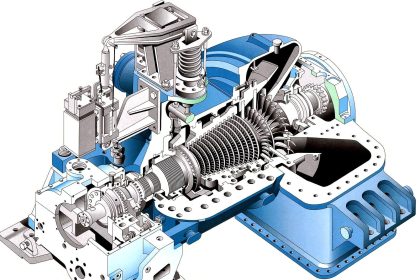

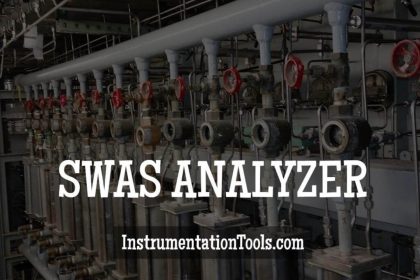
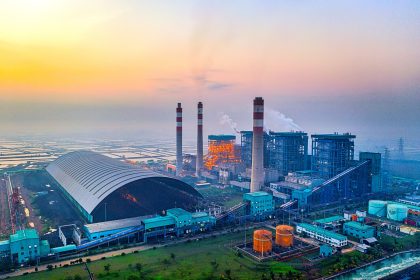
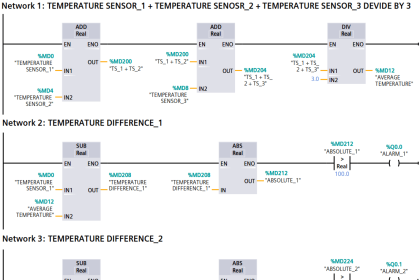
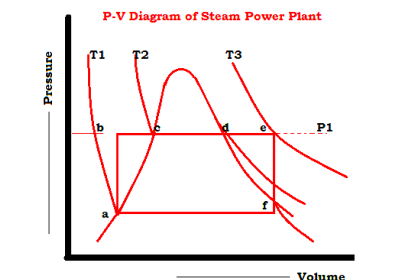
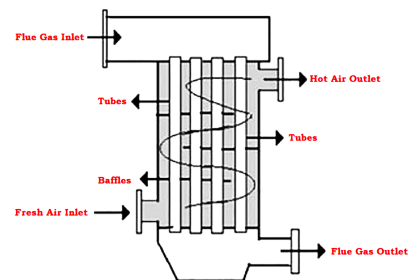
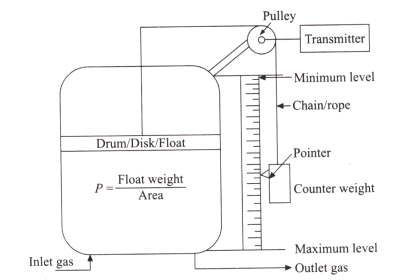

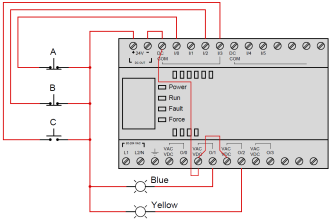

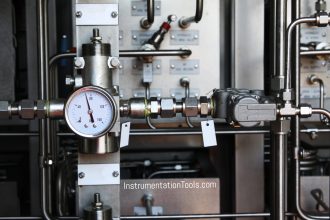
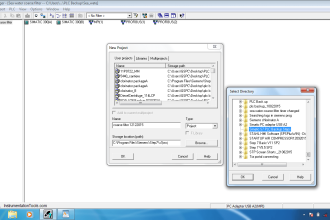
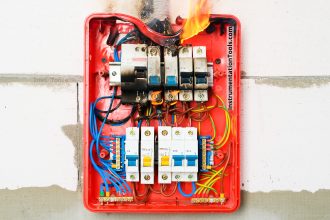
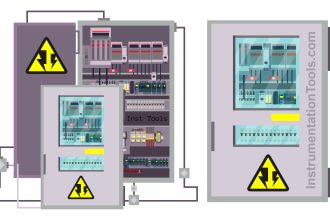
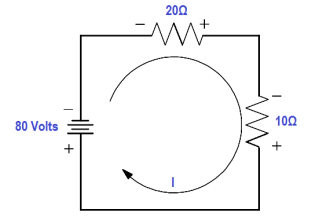

I found an amelioration for heat exchanger in conjunction with the boiler is necessary.